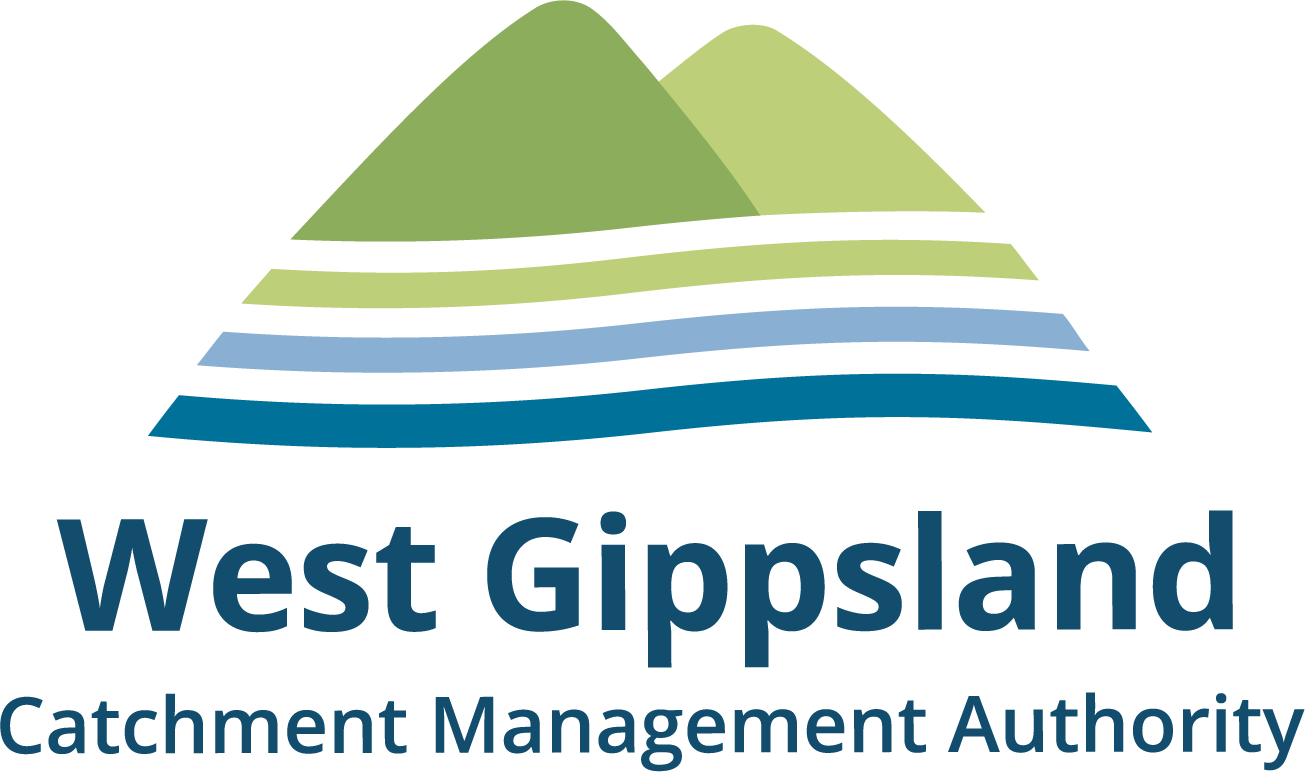The Powlett River estuary is a significant and ever-changing wetland that provides essential habitat for wildlife. The river mouth closed to Bass Strait in February 2022 and West Gippsland Catchment Management Authority (WGCMA) is monitoring the natural event.
After a wet year in 2021, this year has so far been dry in South Gippsland, resulting in low river flows and natural river closures across the catchment.
Low river flows allow the ocean to develop a sandbar at the mouth of an estuary eventually closing its connection to the ocean.
WGCMA CEO, Martin Fuller, said closures provide critical habitat for many threatened species.
“The Powlett River Estuary is one of many estuaries that has recently closed its connection to the ocean.
“Over the coming weeks, if the Powlett mouth remains closed, we can expect to see water continue to cover the wetlands,” explained Mr Fuller.
“This helps maintain the health of the wetland that surrounds the estuary.
“The wetland provides important habitat and an abundance of food for many species of fish, birds and invertebrates that seek food and shelter, some of which are endangered.”
Mr Fuller explained that it is very important to let this natural process occur, otherwise the integrity of the surrounding wetland and the species it supports maybe jeopardised.
“There is a flow on effect when the river mouth closes,” continued Mr Fuller.
“Algae begins to grow which provides food for insects and fish. The calm waters then turn into a fish nursery and with the increase in fish and insects – birds flock to the wetlands to feed.
“The environmental benefits of the estuary mouth closing cannot be overstated and if the mouth does open naturally, particularly as a result of increased water level height and freshwater river flows, it will trigger fish migration upstream and out to sea,” explained Mr Fuller.
If required, the river mouth may need to be artificially opened. Decisions to open the estuary mouth are informed by the Estuary Entrance Management Support System (EEMSS) and additional data and information collected through onsite monitoring and stakeholder consultation.
Bass Coast Shire Council and Parks Victoria are joint partners in this process. Bass Coast Shire Council works closely with WGCMA and Parks Victoria to monitor conditions and alert residents of road inundation at the Mouth of the Powlett.
“If it is decided that an artificial opening is required, it will only take place if it is deemed safe to do so and can be sustained. This requires a number of things to line up,” Mr Fuller explained.
“In an effort to look for a long-term solution to address this issue, and alleviate the need for artificial estuary openings, the WGCMA continues to work with landholders and other agency staff to explore options for the management of this land moving forward.”



